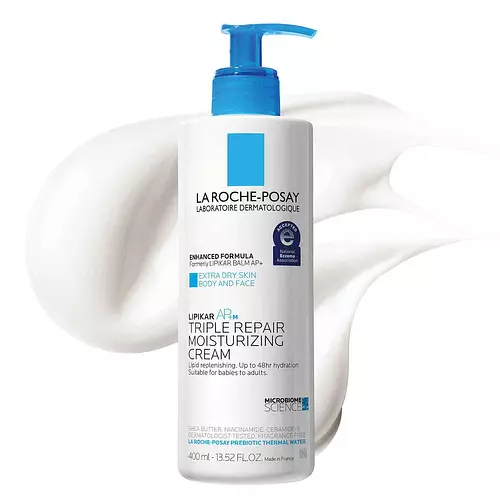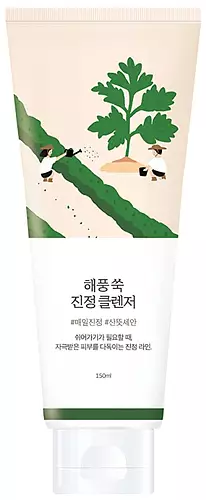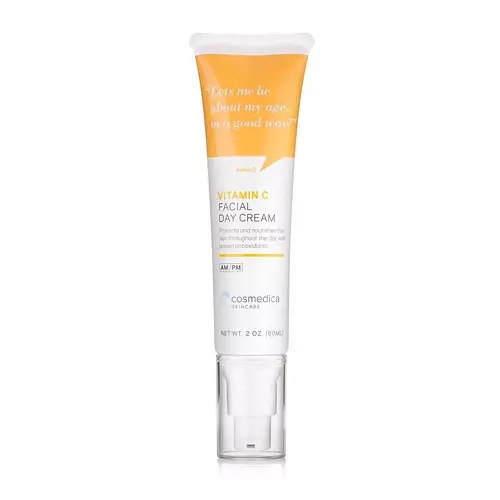Cosmedica Skincare Pure Hyaluronic Acid Serum Versus Hada Labo Gokujyun Hyaluronic Acid Face Foam
Updated on July 23, 2024
Overview
What they are
These products are both reef safe . They have a total of 2 ingredients in common
Cool Features
They both contain hyaluronic acid
Free From
They both do not contain any parabens, silicones or sulfates
We independently verify ingredients, and our claims are backed by peer-reviewed research. Spot a product that needs an update? Let us know.
Ingredient Info
Cosmedica Skincare Pure Hyaluronic Acid Serum 3 ingredients
Hada Labo Gokujyun Hyaluronic Acid Face Foam 19 ingredients
At a glance
Click on any of the items below to learn more
Cosmedica Skincare Pure Hyaluronic Acid Serum 3 ingredients
Hada Labo Gokujyun Hyaluronic Acid Face Foam 19 ingredients
Concerns
This product contains 1 ingredient that may have this attribute:
This product contains 1 ingredient that may have this attribute:
This product contains 1 ingredient that may have this attribute:
This product contains 1 ingredient that may have this attribute:
This product contains 1 ingredient that may have this attribute:
Concerns
This product contains 2 ingredients that may have this attribute:
This product contains 2 ingredients that may have this attribute:
Ingredients Side-by-side
Ingredients Explained
These ingredients are found in both products.
Ingredients higher up in an ingredient list are typically present in a larger amount.
Water. It's the most common cosmetic ingredient of all. You'll usually see it at the top of ingredient lists, meaning that it makes up the largest part of the product.
So why is it so popular? Water most often acts as a solvent - this means that it helps dissolve other ingredients into the formulation.
You'll also recognize water as that liquid we all need to stay alive. If you see this, drink a glass of water. Stay hydrated!
Learn more about WaterSodium Hyaluronate is hyaluronic acid's salt form. It is commonly derived from the sodium salt of hyaluronic acid.
Like hyaluronic acid, it is great at holding water and acts as a humectant. This makes it a great skin hydrating ingredient.
Sodium Hyaluronate is naturally occurring in our bodies and is mostly found in eye fluid and joints.
These are some other common types of Hyaluronic Acid:
Learn more about Sodium HyaluronateIngredient Ratings
Here's what our community thinks of the ingredients in these products.
When to use
Cosmedica Skincare Pure Hyaluronic Acid Serum 3 ingredients
Hada Labo Gokujyun Hyaluronic Acid Face Foam 19 ingredients

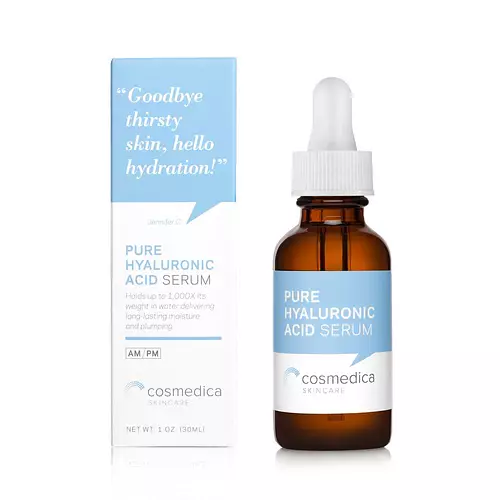


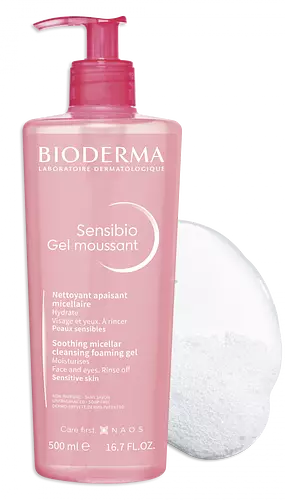
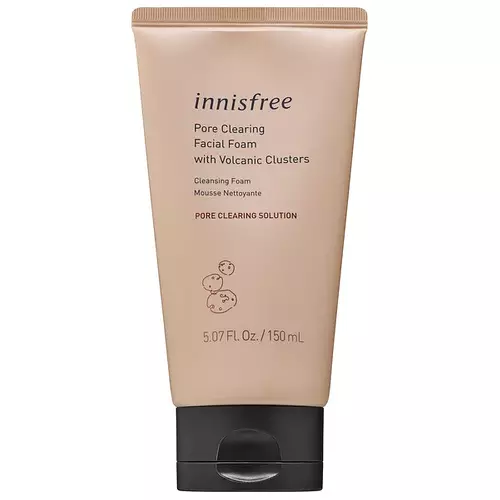

%20(11).jpeg)

